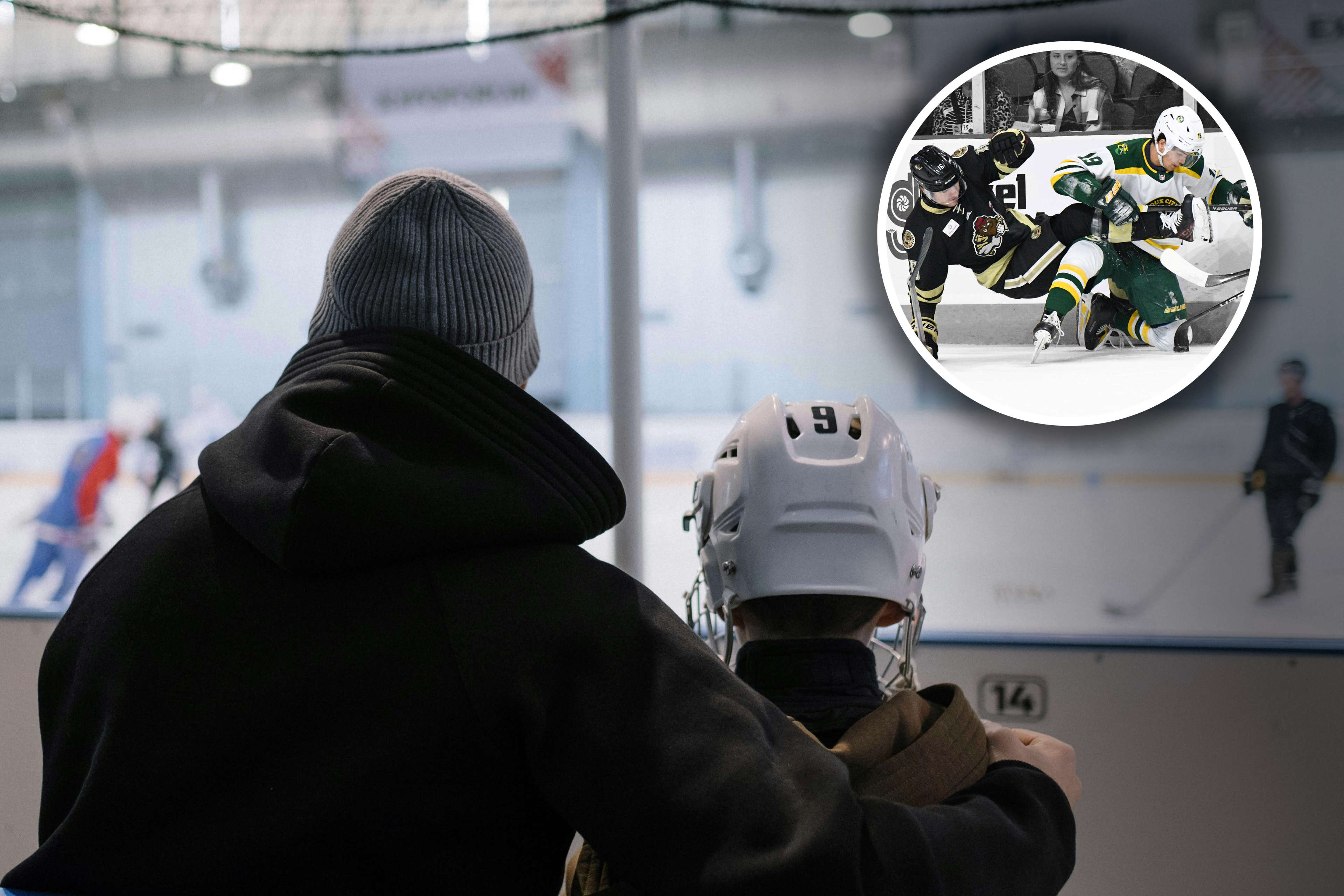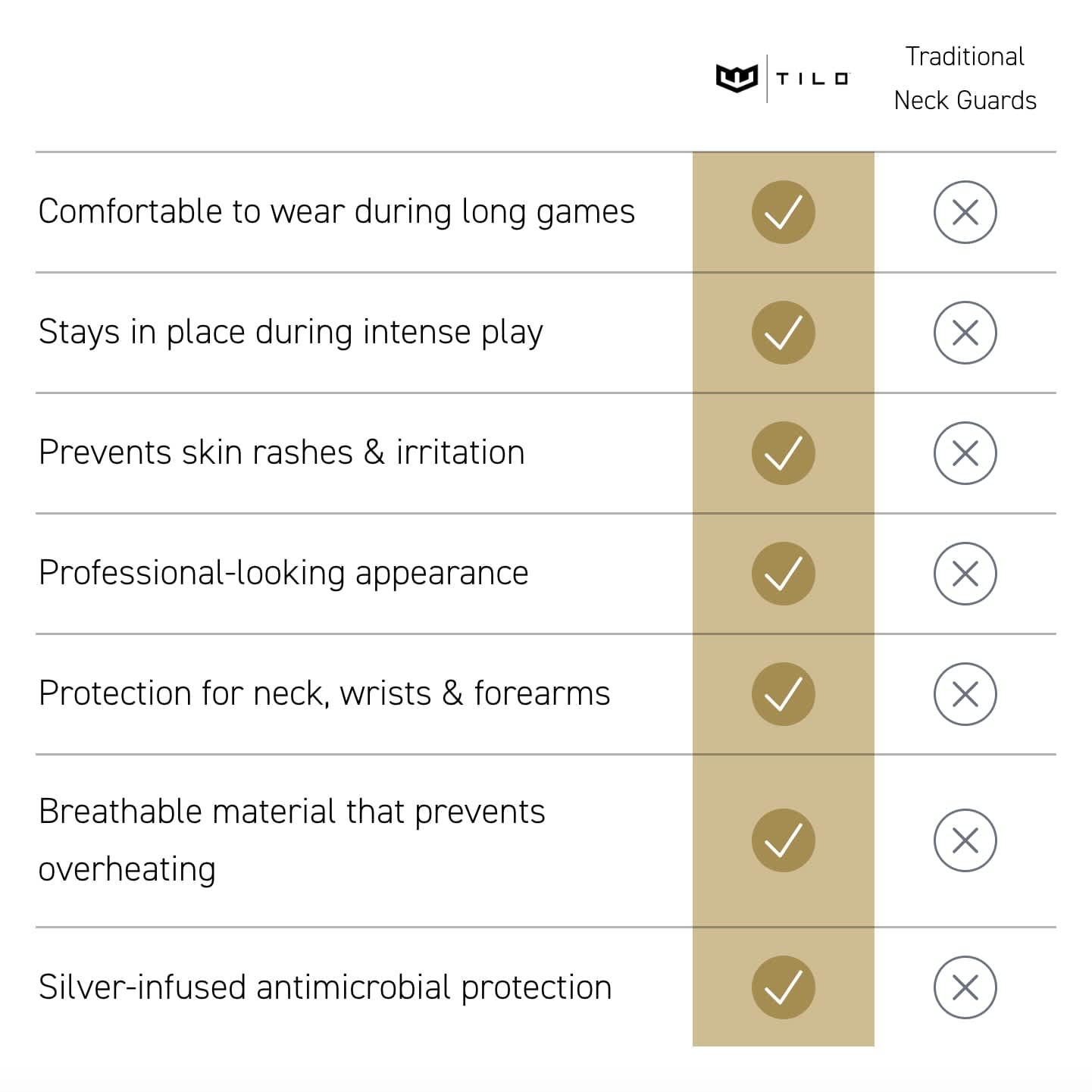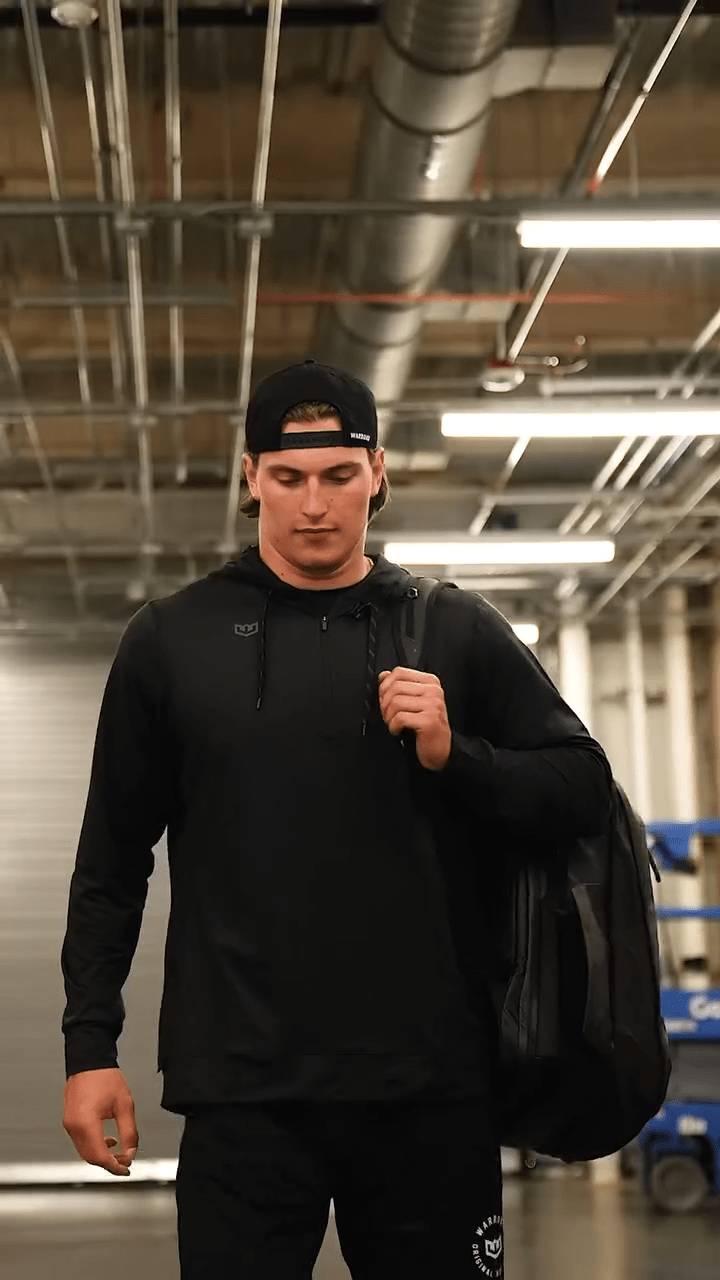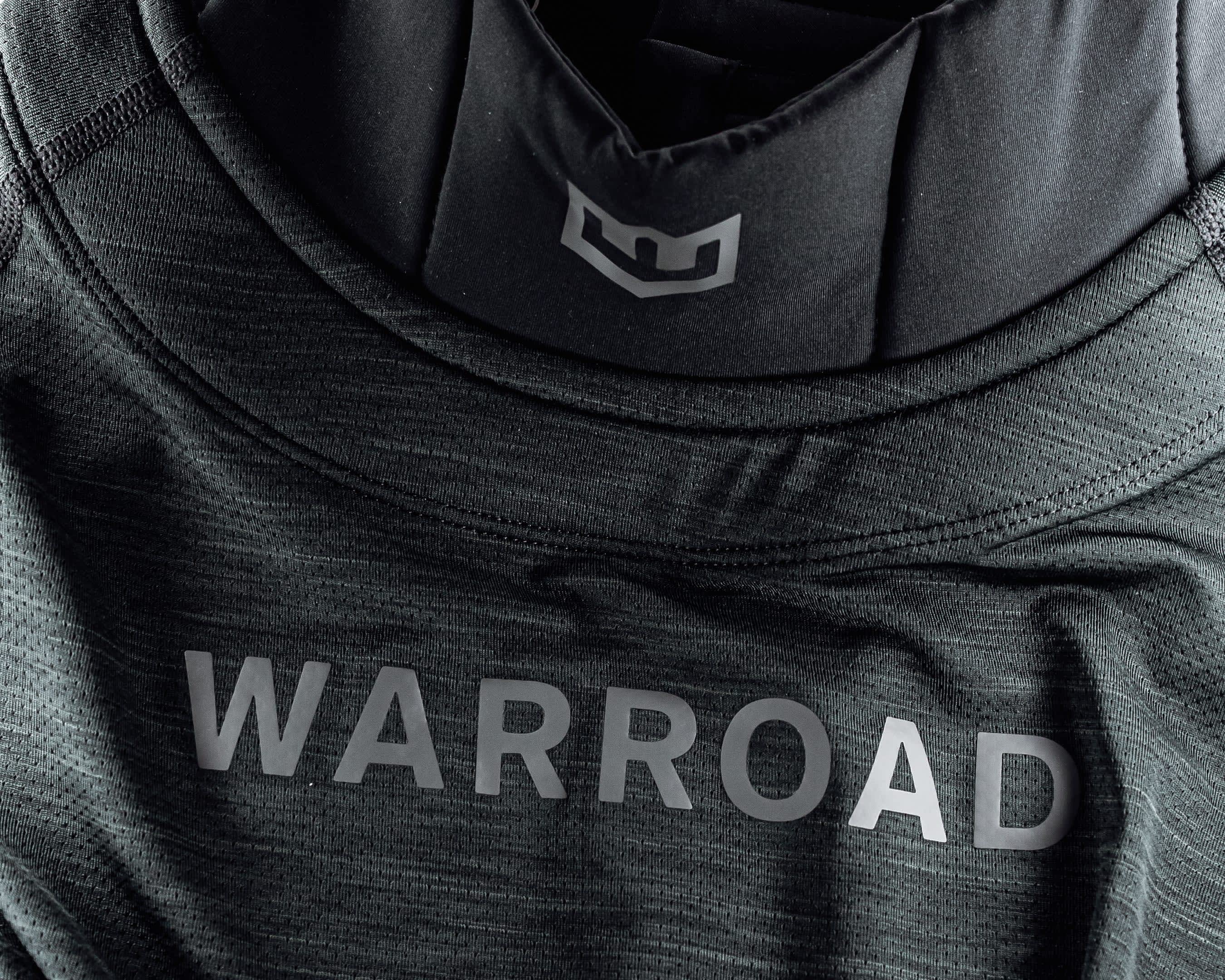THE PROTECTION REVOLUTION HOCKEY NEEDED
T.J. Oshie, NHL All-Star and Stanley Cup champion, was familiar with this problem. Like many American players, when his youth teams played in Canada, they were required to wear neck protection.
"We'd just end up taping it into a little ball and it turned into a necklace," Oshie admits. "It wasn't protecting anything."
This experience stuck with him. Years later, when he co-founded Warroad, he was determined to solve this problem once and for all. The result was the TILO base layer, a revolutionary approach to on-ice protection.
Unlike standalone guards that shift, bunch, or are deliberately altered by players, TILO integrates cut-resistant panels directly into a high-performance base layer. The protection stays exactly where it needs to be, even during the most intense play.






